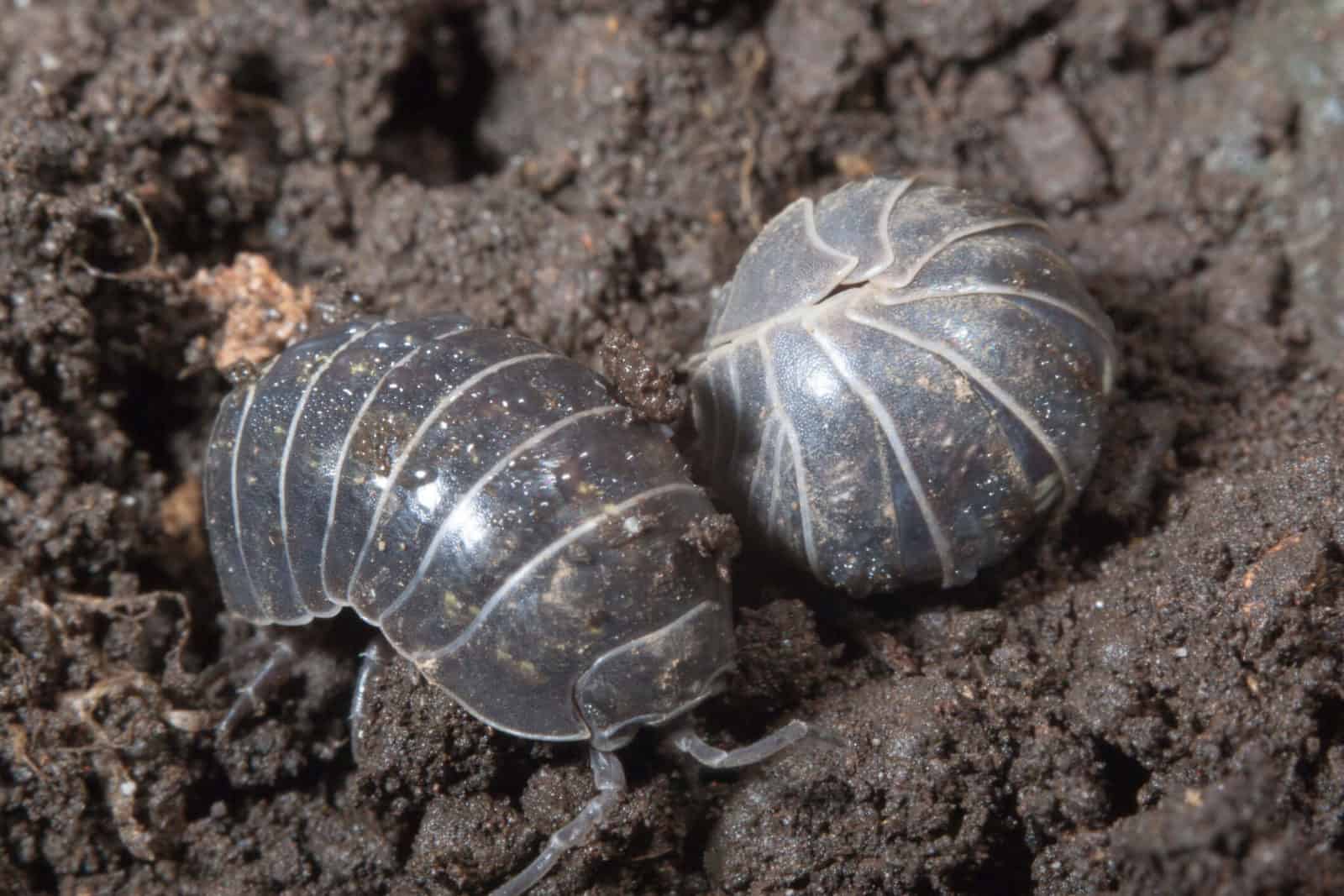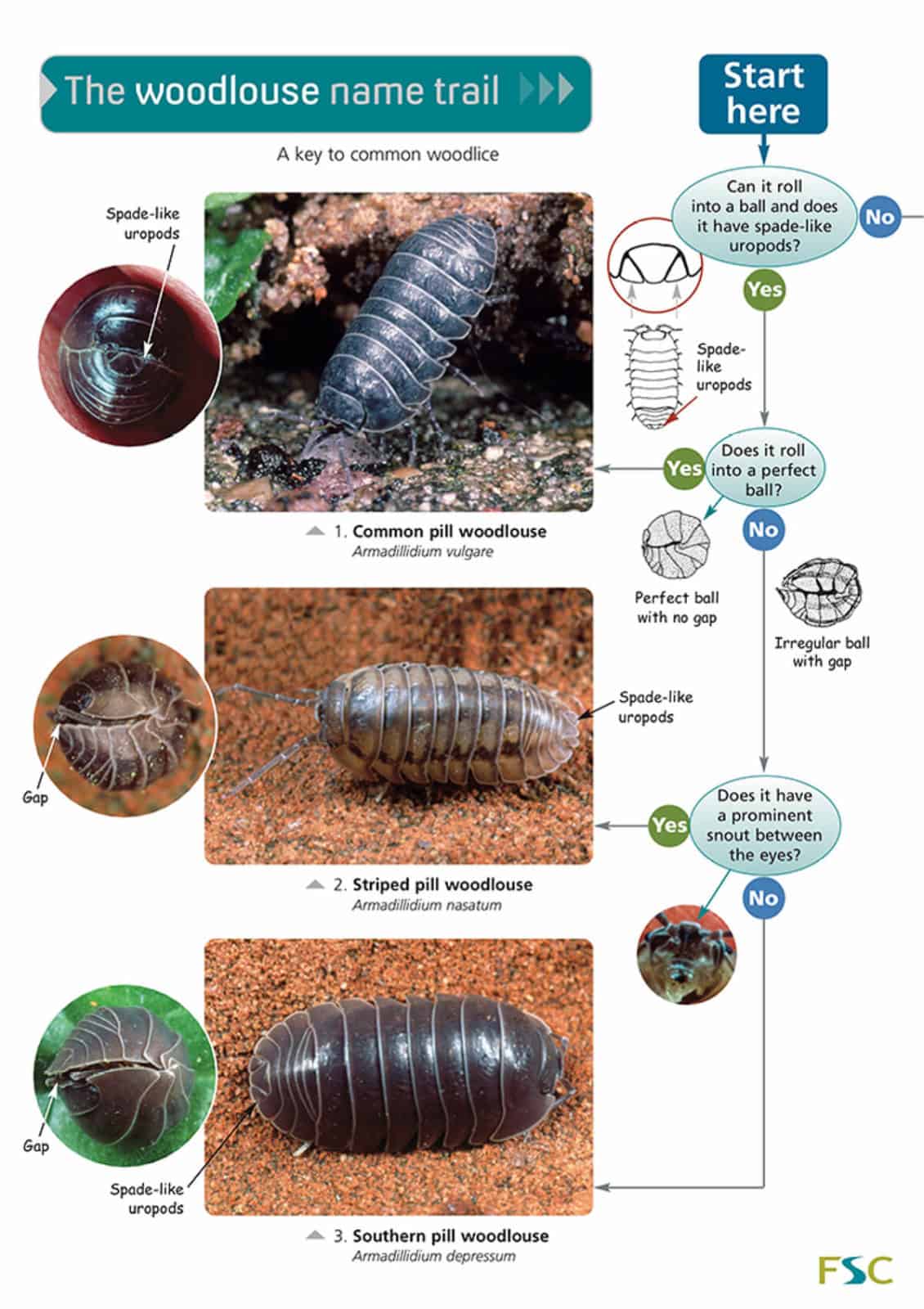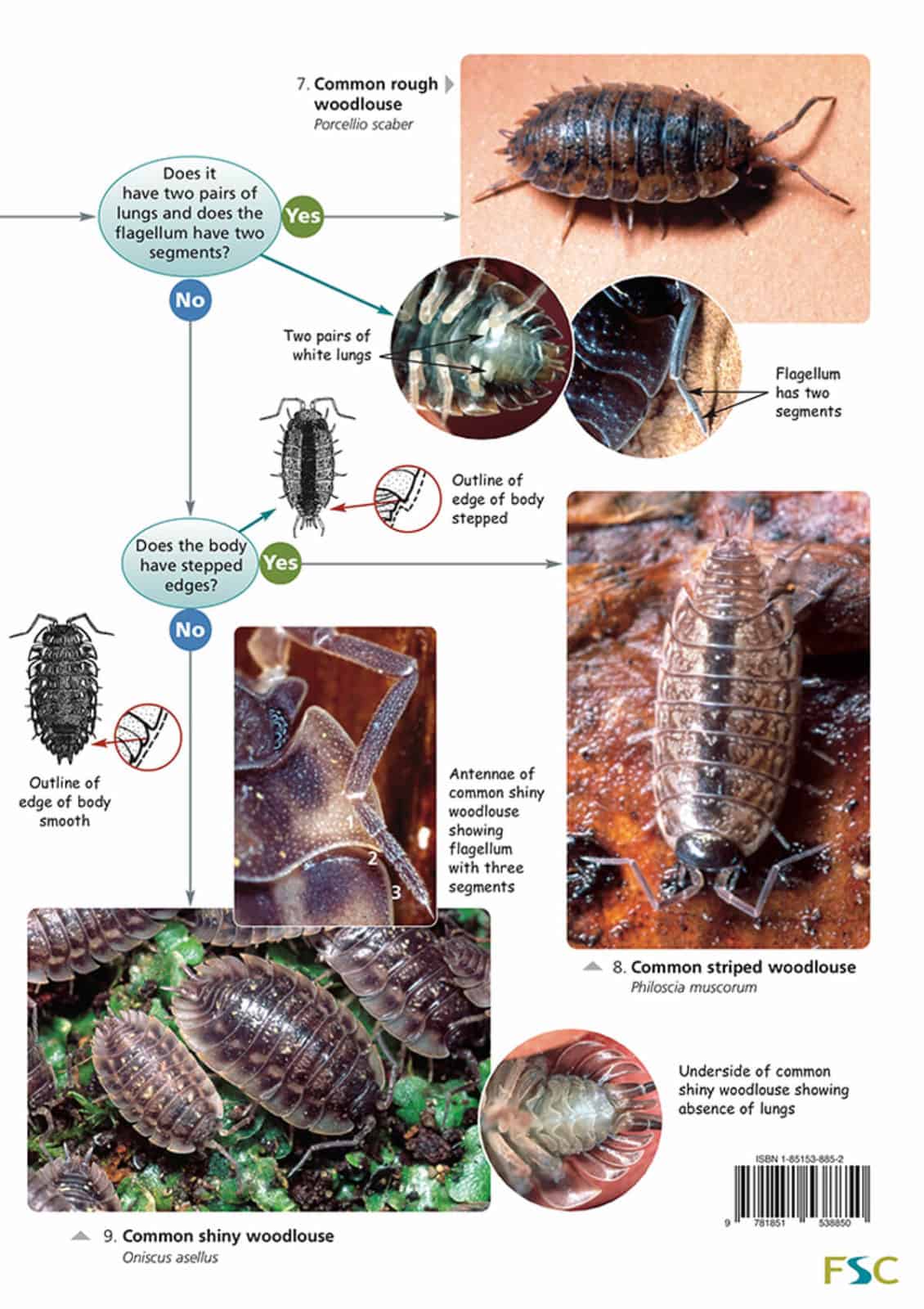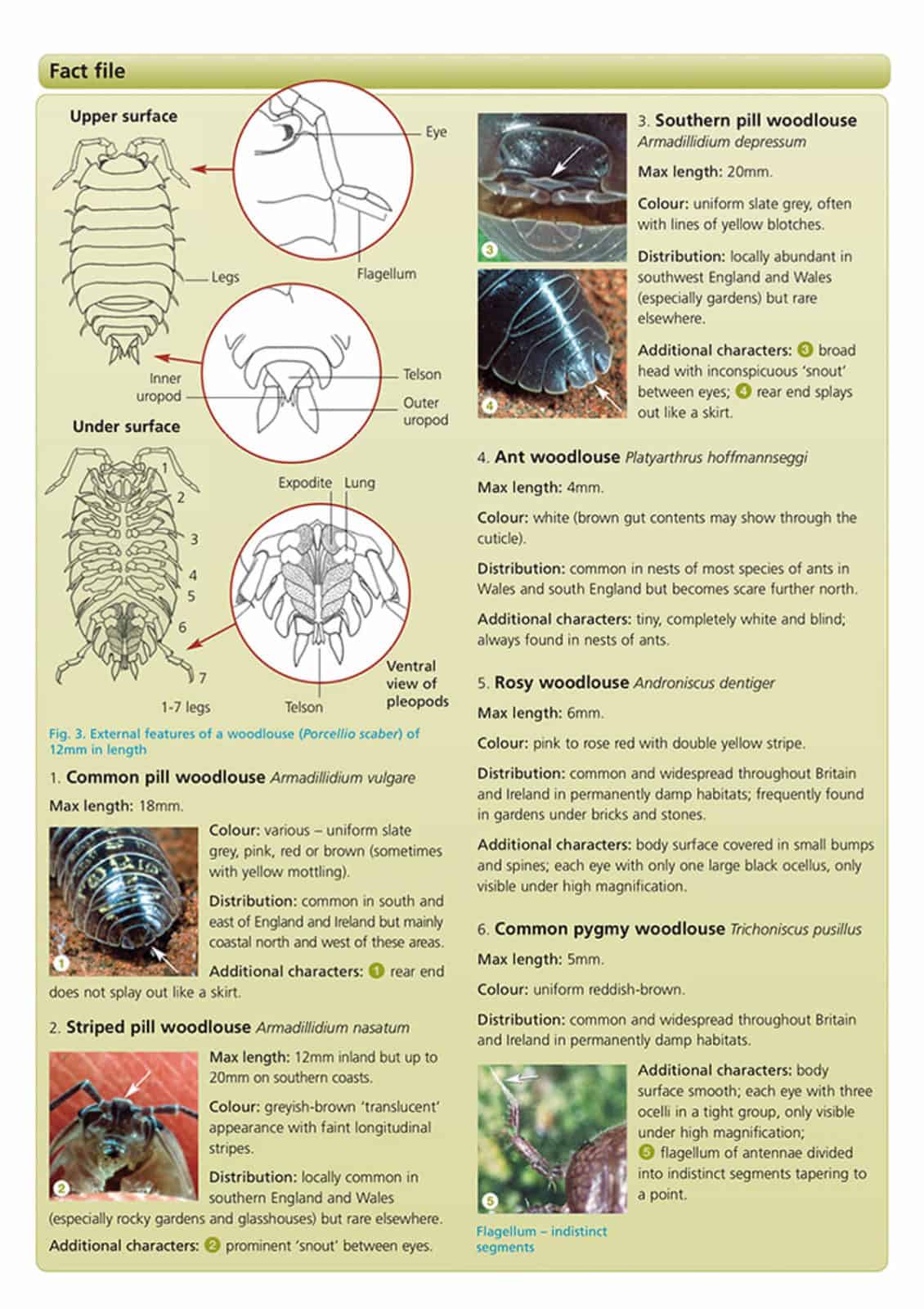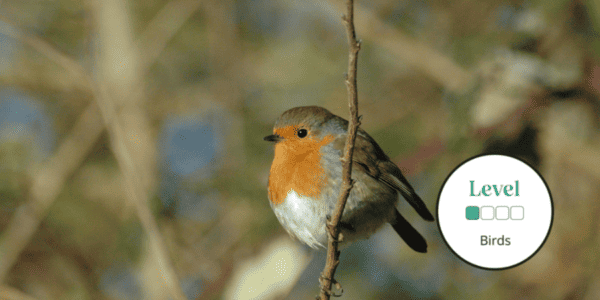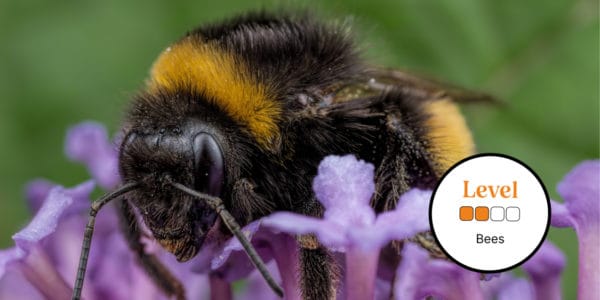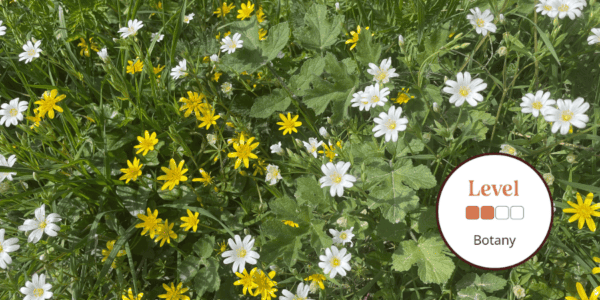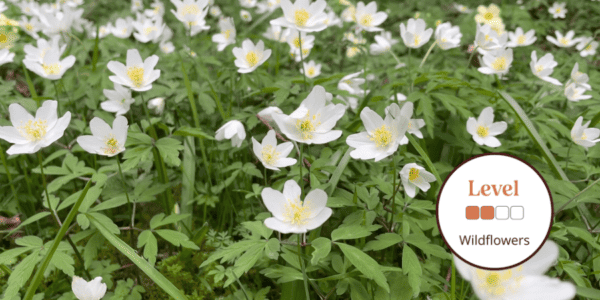Woodlouse name trail
The Woodlouse name trail features the 9 commonest species found in gardens and around buildings.
Simple yes/no questions will quickly guide you to the colour photographs of each woodlouse. Accompanying text on the reverse side covers the features of each woodlouse. This includes body length, colour and distribution in Britain and Ireland.
Woodlice have an ill-deserved reputation as pests. But they are rarely more than a nuisance. In fact woodlice play an essential role in the garden ecosystem. By chewing up large amounts of dead leaves, they speed up decomposition, helping to return nutrients essential for plant growth to the soil. In the classroom, woodlice are easy to keep on a diet of leaf litter and shredded carrot. They are excellent models for illustrating the reactions of moisture-loving animals to light and humidity.
This guide is an introduction to the species of woodlice which are most common in gardens and near buildings. Obvious places to look for woodlice are under logs, bricks and stones and in piles of leaf litter. However, not all woodlice are confined to damp situations. In southwest England, for example, all three species of pill woodlouse in this guide crawl over exposed stones on hot sunny days. The key will only work with live specimens. With a little experience all nine species can be identified with the naked eye. They do not bite or sting!

